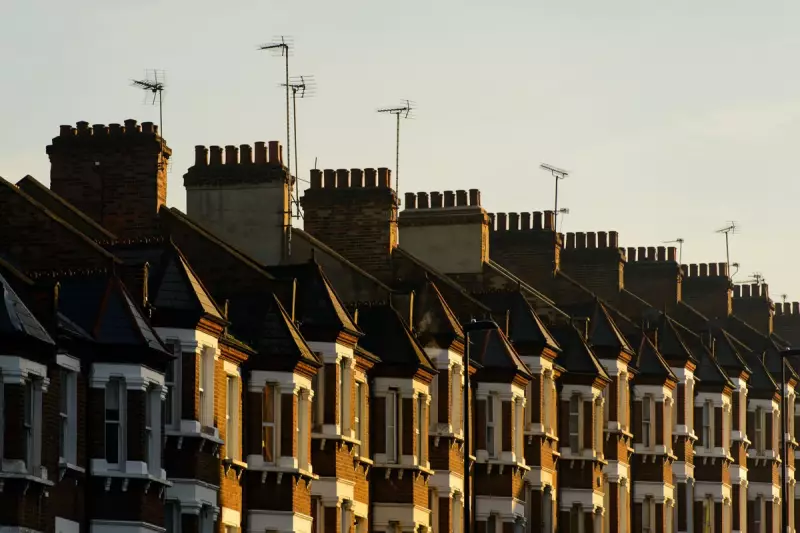
Startling new figures from the Office for National Statistics paint a stark picture of Britain's deepening housing crisis, revealing that tens of thousands more households are being forced into shared living arrangements as costs spiral out of control.
The Numbers Behind the Crisis
According to the latest data, England and Wales saw an increase of approximately 99,000 households in shared accommodation between 2021 and 2023. This represents a significant 11% jump, pushing the total number of multi-family households to over one million.
The statistics reveal this isn't just about students or young professionals - families with dependent children now account for nearly 40% of all multi-family households, indicating the crisis is affecting Britons across all life stages.
What's Driving the Surge?
Experts point to a perfect storm of economic pressures forcing this dramatic shift in living arrangements:
- Soaring rental costs making independent living unaffordable
- Rising mortgage rates pricing first-time buyers out of the market
- The ongoing cost-of-living crisis stretching household budgets to breaking point
- A chronic shortage of affordable housing across much of the country
"These figures represent real families making impossible choices," said one housing analyst. "When you see families with children having to double up, it's clear we're facing a systemic failure in our housing market."
Regional Variations Tell Their Own Story
The crisis isn't evenly distributed across the country. London continues to bear the brunt of the pressure, with the capital accounting for the highest proportion of multi-family households. However, regions across the Midlands and North are seeing some of the fastest growth rates, suggesting the problem is spreading beyond traditional hotspots.
This data provides the first comprehensive look at household composition changes since the pandemic, offering crucial insights into how economic pressures are reshaping where and how Britons live.





